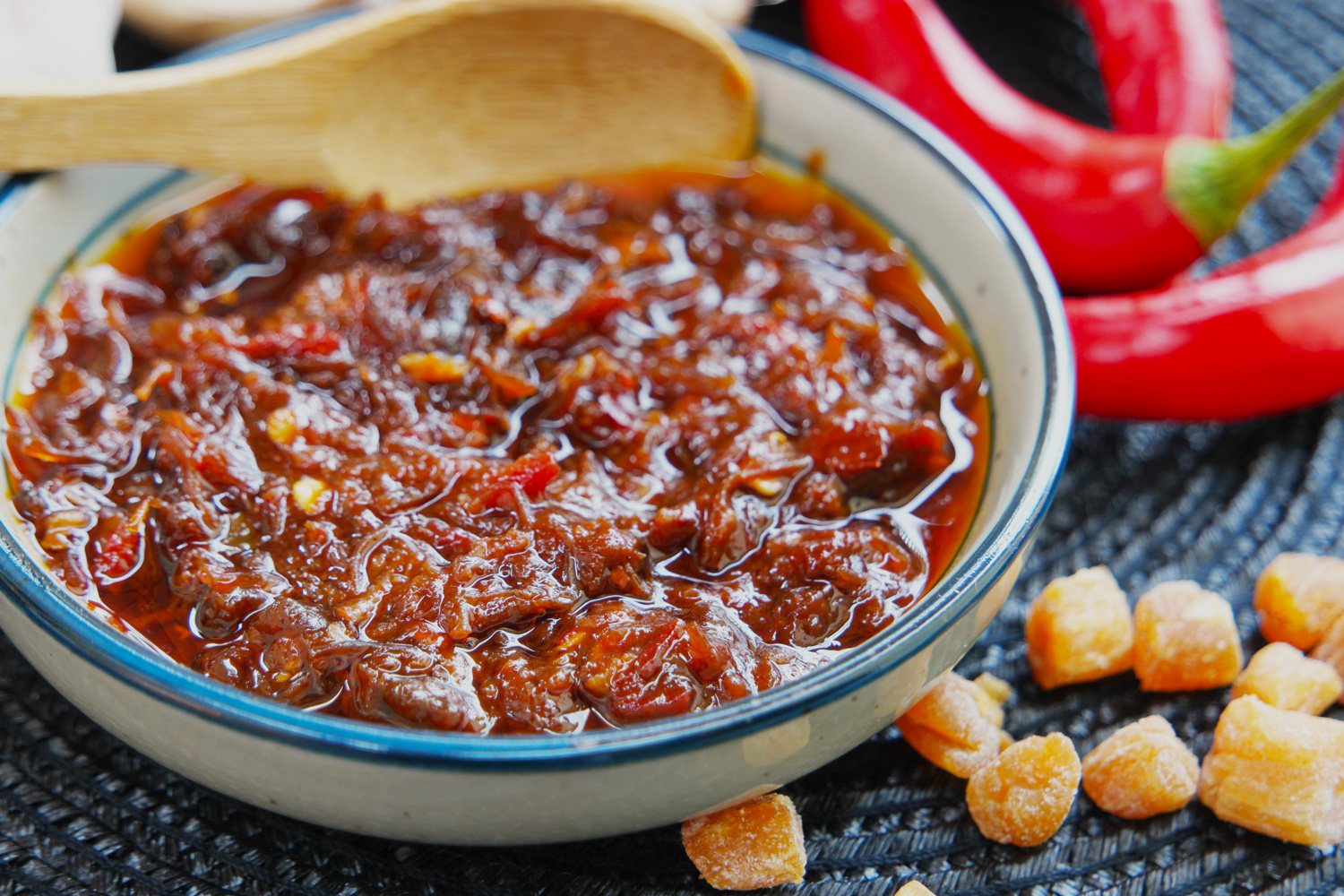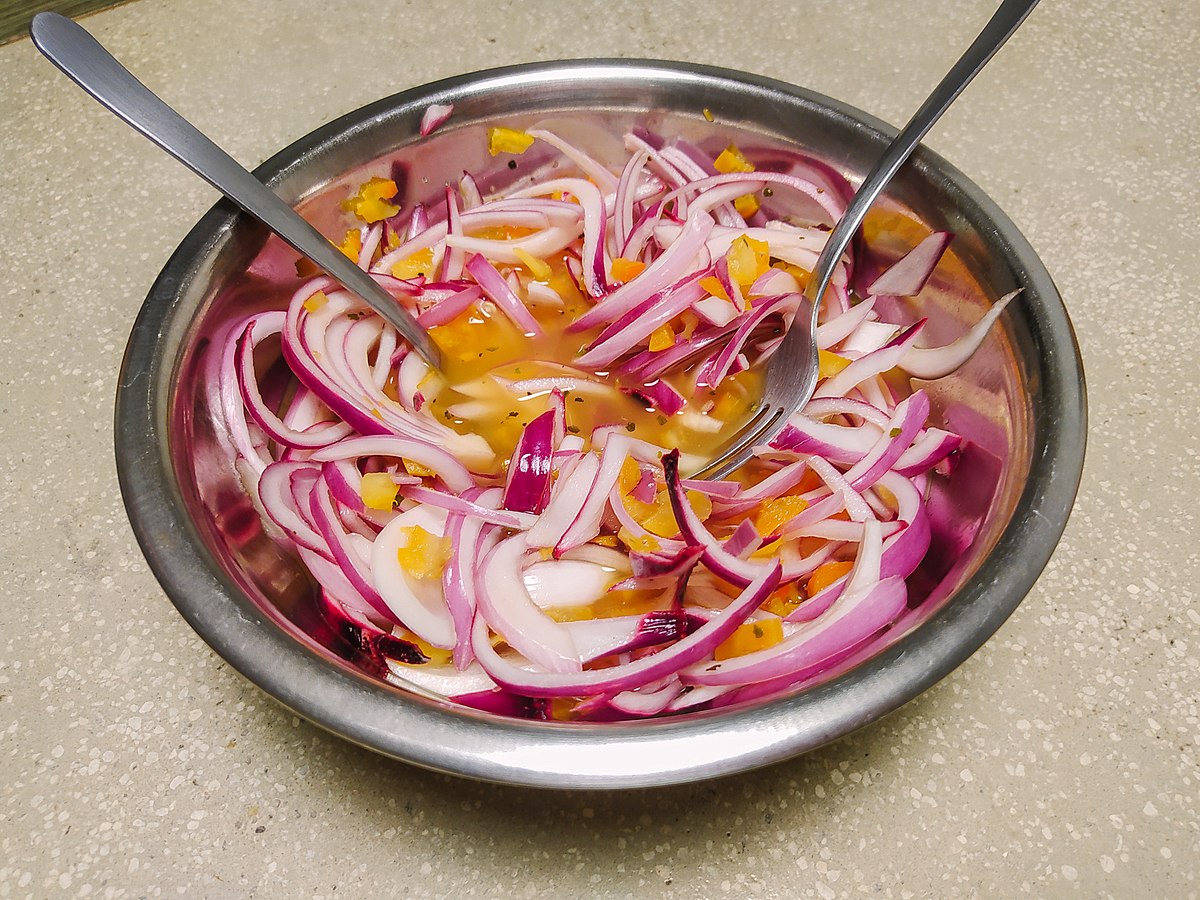X IS FOR XO SAUCE
By:
July 30, 2024

An installment in CONDIMENT ABECEDARIUM, an apophenic food-history series from HILOBROW friend Tom Nealon, author of the seminal book Food Fights and Culture Wars: A Secret History of Taste (2016 UK; 2017 US); and also — here at HILOBROW — the popular series STUFFED (2014–2020) and DE CONDIMENTIS (2010–2012).
CONDIMENT ABECEDARIUM: SERIES INTRODUCTION | AIOLI / ANCHOVIES | BANANA KETCHUP / BALSAMIC VINEGAR | CHIMICHURRI / CAMELINE SAUCE | DELAL / DIP | ENCURTIDO / EXTRACT OF MEAT | FURIKAKE / FINA’DENNE’ | GREEN CHILE / GARUM | HOT HONEY / HORSERADISH | INAMONA / ICE | JALAPEÑO / JIMMIES | KECAP MANIS / KIMCHI | LJUTENICA / LEMON | MONKEY GLAND SAUCE / MURRI | NƯỚC CHẤM / NUTELLA | OLIVE OIL / OXYGALA | PIKLIZ / PYLSUSINNEP SAUCE | QIZHA / QUESO | RED-EYE GRAVY / RANCH DRESSING | SAMBAL / SAUERKRAUT | TZATZIKI / TARTAR SAUCE | UMEBOSHI / UNAGI SAUCE | VEGEMITE / VERJUS | WHITE GRAVY / WOW-WOW SAUCE | XO SAUCE / XNIPEK | YOGHURT / YEMA | ZHOUG / ZA’ATAR | GOOD-BYE TO ALL TZAT(ZIKI).

In the first century AD, Pliny enumerated the things that people, during the much-lamented debauched era of garum, had begun to make fish sauce out of: cockles, viscera, sea snails, whelks, fish blood. (This was after the fall of the republic but before the fall of Rome.) XO sauce is a chili crisp version of that — made from chile peppers, ham, shrimp, and scallops and packaged as it were a fancy liqueur instead of fish sauce; it is the delicious end result of the condiment expression of “greed is good.”
In the 17th century the French discovered that you could reduce huge piles of expensive ingredients — a whole ham, partridges, veal medallions, a host of vegetables — into a brown goo that could be kept in an earthenware jar and used to flavor other sauces. Was it good? Of course it was good! It was a month’s work of some poor 17th-century schlub reduced into a spoonful of goo. I’m sure it was unspeakably delicious.
XO Sauce, supposedly invented at a fancy Hong Kong hotel in the early 1980s, is an expression of the same idea as pre-revolution sauce espagnole, but in a mass-marketed, 1980s sort of way. Chili crisp marketed like cognac. The French went from sauce espagnole made with partridges and veal to squeezing whole ducks onto dishes as a sauce and throwing the duck away — then they had a revolution and cut off the rich folks’ heads. Mistakes, as they say, were made.
XO Sauce doesn’t commodify our dissent, it short circuits it — like Grey Poupon, fancy sea salt, or that hot sauce they put truffles in for some reason. If condiments are an expression of our will, our choice, what does it mean when condiments get priced up, elevated? We all like nice things, delicious things, but at what point are our likes and choices being weaponized against us, trapping us in a gilded condiment cage with only our XO Sauce, fleur de sel, Acetaia Di Giorgio balsamic, and white truffle oil to keep us company?
Refining is a funny thing. We refine sugar, oil (vegetable and crude), flour, but it’s a trade-off. As with refined people, much is lost along the way.
But is XO sauce delicious? Of course it is. Yhey put shrimp and ham and scallops in with the chili crisp. How could it fail to be delicious?

We might think of the Yucatan as a region of Mexico, but from a historical and gastronomical point of view, it’s a whole different thing. They traded not just with the Nahua speaking people in the Valley of Mexico — cacao, vanilla — but from much earlier on with groups up and down the coast, as well as with the Taino people of the Caribbean. As a result, their culinary choices often have more in common with people to the east and south of them, rather than to the west.
Their pepper of choice, the habanero, is a prime example of this. Originally from the Amazon, the habanero and the very closely related scotch bonnet or Capsicum chinense (when it was named in the 18th century, European taxonomy had already lost track of the pepper’s origin and thought it was from China) is a squatter, generally hotter pepper than the varieties of Capsicum annuum that you see more frequently. Part of the reason you see the C. annuum more often is its much wider variety — from sweet peppers to jalapeños, cubanelles, chile arbol, and serranos. Representing most of the chile family, annuum most likely originates somewhere near Oaxaca.
* The above discussion of C. annuum and C. chinense is not intended as C. frutescens erasure. The tabasco, piri-piri, malagueta, the cabai rawit (used in sambal) are all great.
The habanero is not just less various and hotter, it also has a very different character that lends itself much better to pairings with sweet flavors — that’s why you see all of those Caribbean hot sauces — Jamaican, Trinidadian, Belizean — that are both hotter and sweeter than the red chile and vinegar sauces that are more common elsewhere.
In the Yucatan they have a salsa built around these principles and perfect for putting on pork and fish dishes. It is a pico de gallo-style salsa where the acid — usually sour orange — is a little more forward than the lime juice or vinegar in pico de gallo, and also sweeter. Its basic, nonnegotiable parts are: purple onion, sour orange, salt, and habanero peppers; and it sometimes has a few other spices (coriander, oregano, pepper). As with pico de gallo, the only cooking that takes place is the salt and acid working on the ingredients.
It’s hot and bright and perfect for both slicing through pork fat in dishes like cochinita pibil or a nice fatty pork chop, or perking up a fish dish. It pairs nicely with another great Yucatecan flavor, achiote, with its mild but pervasive earthiness. Think of it as matching colors opposite on the color wheel — they complement without getting in each other’s way. The purple and red and (often) yellow of the peppers also makes a nice combination visually.
Xnipek is a portmanteau word combining Mayan words for dog (peek) and snout (ni) because it will make your nose wet like a dog’s — so be warned!
TOM NEALON at HILOBROW: CONDIMENT ABECEDARIUM series | STUFFED series | DE CONDIMENTIS series | SALSA MAHONESA AND THE SEVEN YEARS WAR | & much more. You can find Tom’s book Food Fights & Culture Wars here.
